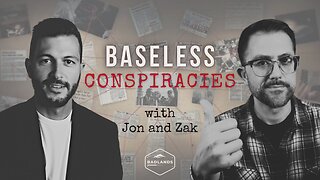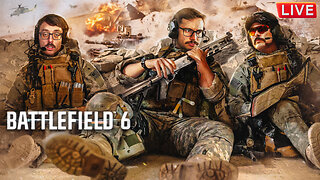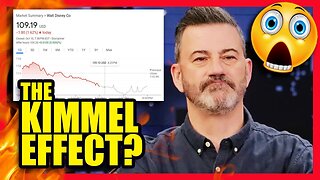Premium Only Content

Abbreviation of mL? | Unit of Measurements.
Abbreviation of mL. (milliliter)
" mL." is a shortened version of the word "Milliliter." Milliliter (mL) is a unit of volume in the metric system which was developed in France during the late 18th century. It is commonly used to measure small quantities of liquids, such as medications, beverages, or cooking ingredients.
The metric system introduced the liter as the base unit of volume. The prefix "milli-" was derived from the Latin word "mille," meaning "thousand." When combined with the base unit "liter," it created the milliliter as a subunit equal to one-thousandth of a liter. To give you an idea of scale, a standard teaspoon typically holds about 5 milliliters of liquid, while a standard tablespoon holds about 15 milliliters.
Milliliters are widely used in various fields, including science, medicine, cooking, and pharmaceuticals. It is a convenient unit for measuring small amounts precisely. It's worth noting that the milliliter is part of the International System of Units (SI), which is widely recognized and used globally for scientific and technical purposes.
One milliliter is equal to one cubic centimeter (cc) or 0.001 liters. It is a small unit of volume used to measure liquids or substances in small quantities. Milliliters are widely used in medical settings for measuring medications, administering injections, and calculating dosages. Medications are often labeled with the appropriate dosage in milliliters.
A graduated cylinder is a common laboratory instrument used to measure liquids, and it typically has markings in milliliters. The markings help in accurately measuring the volume of liquids. Syringes are commonly marked in milliliters to allow for precise measurement and administration of fluids, medications, or vaccines. The graduations on the syringe barrel indicate the volume in milliliters.
Milliliters are frequently used in recipes, especially in countries that use the metric system. Many measuring cups and spoons have both milliliter and fluid ounce markings for ease of use. In the food and beverage industry, milliliters are used to indicate the volume of liquid contained in various packaging, such as bottles, cans, or cartons. This helps consumers understand the quantity of the product they are purchasing.
-
 8:13
8:13
GritsGG
14 hours agoMy Thoughts on BF6 & Warzone! Rank 1 Player Discusses!
9.71K -
 LIVE
LIVE
Lofi Girl
2 years agoSynthwave Radio 🌌 - beats to chill/game to
166 watching -
 1:47:20
1:47:20
Badlands Media
16 hours agoBaseless Conspiracies Ep. 154: The Death of Kurt Cobain – Murder, Media, and the Cover-Up
47.7K41 -
 2:04:08
2:04:08
Inverted World Live
10 hours agoRex Jones Calls In From The Gray Area | Ep. 122
48K6 -
 5:56:17
5:56:17
Rallied
12 hours ago $9.71 earnedBF6 with THE BOYS
51.4K5 -
 1:05:18
1:05:18
Flyover Conservatives
1 day agoThe SEAL-Turned-CEO Paying Off Millions in Veteran Medical Debt: JOIN THE MISSION! - Bear Handlon, Born Primitive | FOC Show
63.8K8 -
 5:02:21
5:02:21
Drew Hernandez
14 hours agoTRUMP'S GAZA PEACE PLAN PHASE 1 & TRUMP THREATENS PUTIN WITH TOMAHAWKS
40.1K24 -
 1:18:38
1:18:38
Glenn Greenwald
13 hours agoProf. John Mearsheimer on Trump's Knesset Speech, the Israel/Hamas Ceasefire, Russia and Ukraine, and More | SYSTEM UPDATE #530
131K85 -
 2:21:37
2:21:37
Tucker Carlson
11 hours agoAlex Jones Warns of the Globalist Death Cult Fueling the Next Civil War and Rise of the Antichrist
108K460 -
 12:35
12:35
Clownfish TV
19 hours agoJimmy Kimmel Return NOT Helping Disney AT ALL! DIS Stock Keeps Falling! | Clownfish TV
55.6K8